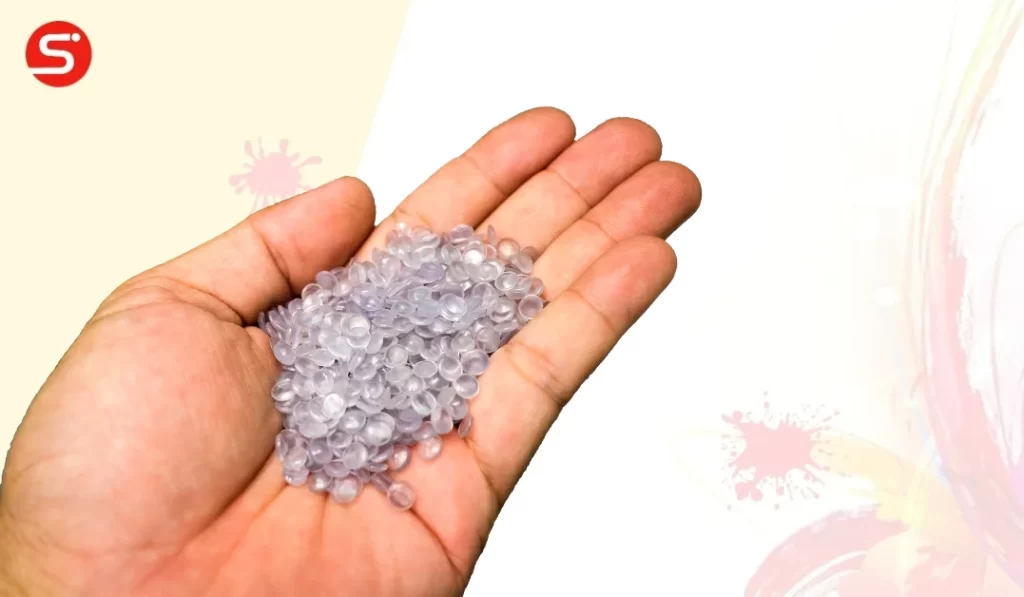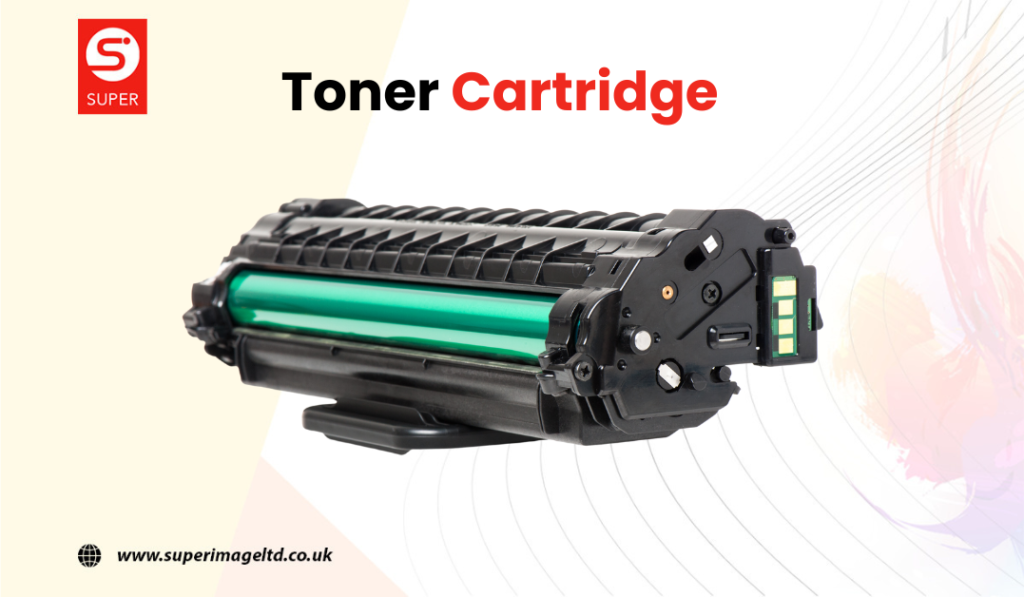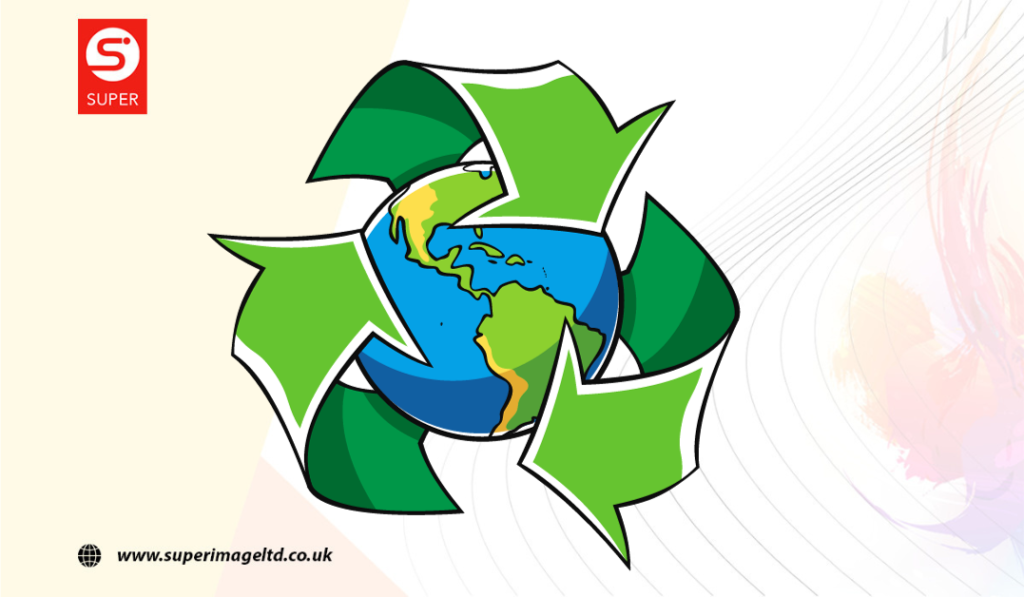In the world of printing, where precision and quality matter, the composition of printer toner plays a pivotal role.
Toner, a fine powder used primarily in laser printing, is a critical component of the printing process.
Understanding what is toner made of is not only essential for those who operate printers but also for anyone curious about the science behind this fascinating technology.
Components of Printer Toner
To comprehend the intricacies of printer toner, we must first delve into its fundamental toner powder components. At its core, toner is a blend of carefully selected materials that work in harmony to produce sharp and vibrant prints. The main constituents of printer toner include:
1. Polymer Resin

Serving as the adhesive that binds all other components together, the polymer resin is the backbone of toner. Its properties affect the toner’s melting point and adherence to paper. The chemical makeup of this resin determines the toner’s durability and resistance to environmental factors.
2. Pigments or Colorants
These are responsible for the color of the toner. Pigments can be organic or inorganic, and their unique chemical structures contribute to the vivid hues on printed pages. The composition of these pigments ensures consistent color reproduction.
3. Charge Control Agents
To maintain the electrical charge of the toner particles, charge control agents are added. These chemicals play a crucial role in ensuring that toner adheres correctly to the printer’s photoreceptor. The printer toner formulation carefully balances the type and quantity of these agents.
4. Release Agents
To prevent toner from sticking to the photoreceptor prematurely, release agents are incorporated into the composition. These compounds facilitate the smooth transfer of toner during the printing process, enhancing print quality.
Toner Powder Composition
Now, let’s dissect the toner powder itself, examining the specific chemicals and compounds that constitute this fine, powdery substance. The printer toner formulation has the following key elements:
1. Iron Oxides
These compounds contribute to the magnetic properties of the toner, assisting in precise and controlled toner distribution on the photoreceptor. Iron oxides, with their magnetic attributes, enable the accurate placement of toner particles during the printing process, resulting in sharp and detailed prints.
2. Wax
Wax is a crucial component added to the toner to facilitate fusing during the printing process. Its presence allows the toner particles to adhere firmly to the paper when subjected to heat. The choice of wax type and quantity affects the toner’s gloss and overall print quality.
3. Carbon Black
Often used in black toner, carbon black provides deep and rich black tones. Its exceptional light-absorbing properties ensure high-quality black prints. The chemical properties of carbon black contribute to its outstanding color reproduction.
4. Colorant-Specific Compounds
Depending on the desired color, toner formulations may contain specific colorant compounds, such as cyan, magenta, or yellow pigments. These compounds are meticulously selected to achieve accurate color representation in printing.
Types of Printer Toner
Printer toner comes in various formulations, each tailored to different printing needs. Understanding the types of toner available in the market is essential for users. The primary categories of toner are:
1. Dry Toner

This is the most common type of toner used in laser printers. Dry toner is known for its fine powder form, which is easy to store and handle. It is chemically engineered to fuse efficiently with paper when subjected to heat during the printing process. Dry toner is available in various colors and is suitable for both monochrome and color printing.
2. Magnetic Ink Character Recognition (MICR) Toner
MICR toner is a specialized type used primarily for printing bank checks and other financial documents. It contains iron oxide particles that can be magnetized, making it readable by magnetic ink character recognition devices. The chemical properties of MICR toner ensure the secure and accurate processing of financial transactions.
3. Polymerized Toner
Polymerized toner is a relatively newer development in toner technology. It is known for its uniform particle size and shape, resulting in exceptional print quality and color consistency. Polymerized toner is often found in high-end color laser printers, where precision and image quality are paramount.
Understanding the distinctions between these types of toner is essential for selecting the most suitable option based on specific printing requirements. Each type of toner is chemically formulated to deliver optimal performance in different printing scenarios.
Toner Manufacturing Process
The journey from raw materials to the final toner product is a fascinating one. The Manufacturing of printer toner involves multiple stages, including:
Raw Material Selection: Careful selection of polymer resins, pigments, and other additives is crucial to achieving the desired toner properties. The chemical composition of raw materials directly impacts the quality of the final toner.
Mixing and Extrusion: To create a homogenous toner mass, we mix and extrude the selected materials. The blending process ensures uniform distribution of components, contributing to print consistency.
Particle Formation: Pulverization transforms the toner mass into small particles. This stage is pivotal in determining the size and shape of toner particles, affecting print resolution.
Surface Treatment: We apply surface treatment to ensure the toner particles have the right charge properties. The chemical treatment enhances toner particle adhesion and performance.
Quality Control: Rigorous quality control measures are in place to maintain consistency and adherence to specifications. Chemical analysis is a vital part of quality control to ensure the toner meets expected standards.
Environmental Impact of Toner
In an era where environmental consciousness is paramount, considering the environmental impact of toner is vital. Factors to explore include:
Recycling Options: Recycling many toner cartridges helps reduce waste and conserve valuable resources.Recycling involves reusing the same chemical components in toner production, reducing the need for new materials.

Eco-Friendly Formulations: Some manufacturers focus on producing toner with eco-friendly materials and processes to minimize their carbon footprint. These formulations prioritize sustainability and reduce environmental impact.
Toner Cartridge Components
The toner cartridge is more than just a container; it plays a crucial role in the printing process. Its components include:
1. Photoreceptor
The photoreceptor is responsible for receiving the electrostatic image and transferring toner particles onto the paper. The chemical properties of the photoreceptor coating affect image quality and durability.
2. Developer Roller
This roller helps distribute the toner evenly on the photoreceptor. The roller’s surface properties impact toner pickup and distribution.
3. Cleaning Blade
The cleaning blade removes excess toner from the photoreceptor after each print cycle. The blade material and design affect its efficiency in maintaining print quality.
Benefits and Drawbacks of Toner Composition
The advantages and potential drawbacks associated with the composition of printer toner includes:
Advantages
- Toner delivers sharp and precise prints, making it ideal for professional documents. The chemical composition ensures consistent and vibrant colors.
- Toner prints are known for their durability and resistance to fading. The chemical properties of toner contribute to its long-lasting nature.
- Toner particles can be controlled with precision, resulting in consistent and high-quality prints. The chemical makeup of toner allows for fine detail reproduction.
Drawbacks
- Toner production can have environmental impacts, especially if not disposed of or recycled properly. Chemical waste and energy consumption during manufacturing are areas of concern.
- While cost-effective in the long run, some toner cartridges may have a higher initial purchase price. The chemical engineering behind high-quality toner contributes to this cost.
Conclusion
In conclusion, delving into the chemical composition of printer toner has unveiled a world of precision and technology. Understanding “What Is Toner Made Of” is not just an exploration of science but a pathway to informed printing decisions.
We’ve uncovered the intricate components that make toner, discussed its various types, and even touched on eco-friendly alternatives.
The next time you hit print, remember the remarkable chemistry behind those flawless pages and make choices that align with both your printing needs and environmental consciousness.
FAQ’s
The electrostatic charge on a printer’s drum attracts toner, transferring and fusing text and images onto paper.
Recycling toner cartridges makes them more eco-friendly than disposable inkjet cartridges.
Attempting DIY toner is not recommended, as it can damage your printer and requires specialized materials.
Yes, there are two main types: genuine (OEM) toner and compatible (third-party) toner.
Toner lifespan varies based on printer usage and document types. On average, a toner cartridge can yield hundreds to thousands of pages. Monitor toner levels, and have a replacement cartridge ready when levels are low to avoid disruptions.

Hi there, just became aware of your blog through Google, and found that it’s truly informative.
I am gonna watch out for brussels. I’ll appreciate if you
continue this in future. A lot of people will be benefited
from your writing. Cheers! Escape rooms hub
I like this website it’s a master piece! Glad I noticed this on google..